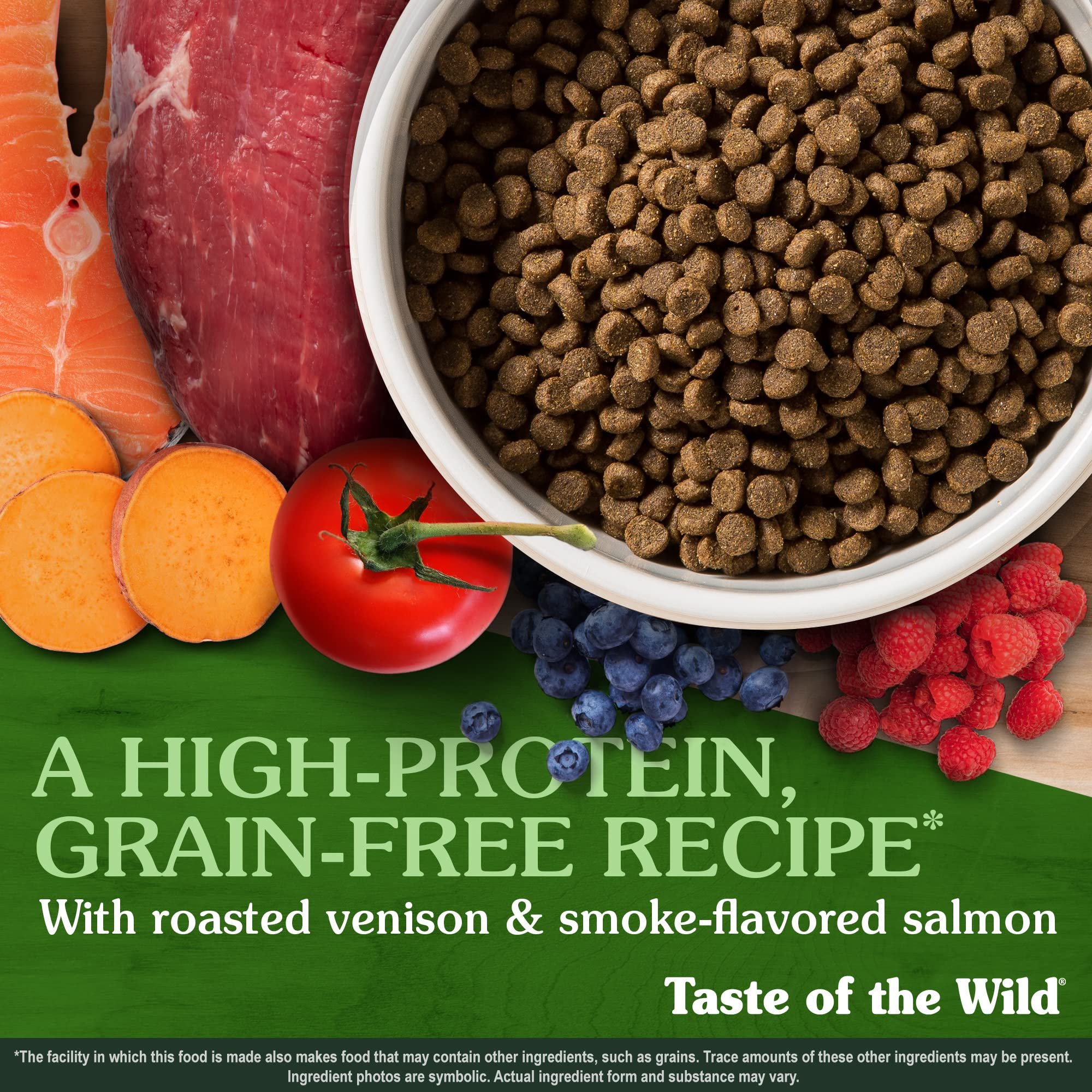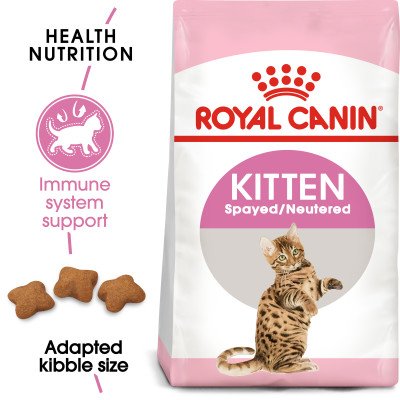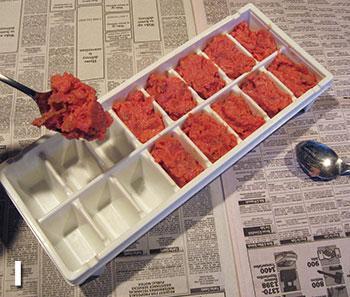
Savannah Cat Diet
What should you feed your Savannah Cat? Feeding a properly balanced raw diet is the best species-appropriate diet possible for any cat regardless of breed.
What do we feed our Kittens?
We leave Dry "Royal Canin Kitten" out 24/7!
New kitten owners NEED to have this dry food out and available. YES! it is normal for growing kittens to eat a lot of food.
We also strongly suggest Raw Cat Food from Hare-Today.com
Ground chicken with bones & organs with the needed Supplement alnutrin for bone-in meat grinds (Both from Hare-Today.com)
Hare Today provides real whole chicken ground up (organs, meat, bones). This has no vitamins premixed. I find many cats will not eat other brands because of the premix vitamins that smell off to the cats. Not all owners are willing to provide a balanced raw diet. Providing a balanced raw diet is key otherwise raw is not a healthier option.
Treats from Hare-Today.com
Whole Sardines, Chicken Hearts, Chicken Feet
What do we feed our Adults?
Raw can also be the cheapest option per pound but requires the most planning. Kittens should be fed as much raw as they want twice a day till 1.5-2 years of age (Savannahs grow for a long time!). Adults consume 3%-6% of their body weight in raw but can eat more (Some cats simply burn more energy). If you are concerned your cat is not eating the correct amount please consult your veterinarian, a veterinarian can perform a physical exam to assess body condition.
All cats are obligate carnivores, which means that they rely on nutrients found only in animal products. Cats evolved as hunters that consume prey that contains high amounts of protein, moderate amounts of fat, and a minimal amount of carbohydrates, and their diet still requires these general proportions today. Cats also require more than a dozen other nutrients, including vitamins, minerals, fatty acids, and amino acids. Their systems are set up to metabolize a natural diet high in moisture, high in protein, and very low in carbohydrates.
Cats have no dietary need for carbohydrates, carbs are processed and stored as fat.
Dry cat food is a carbohydrate-heavy diet that stresses the cat’s digestive system and reduces the efficiency of protein absorption. If the diet does not contain enough animal protein for their daily needs, or they are unable to process an adequate amount of that protein, cats will sabotage the muscles in their own bodies to obtain their daily needs. Additionally, feline satiety is signaled by the ingestion of sufficient amounts of animal protein in their food; lacking it, they will consistently overeat, resulting in yet more carbs being converted to fat.
Raw Feeding Information
'What to do if my cat is constipated on raw?
The cat’s stool is a good indicator of the diet. White chalking stool can be an indicator of too much bone in the diet and on the contrary loose stools can be an indicator of too much secreting organ in the diet. Ratios can easily be balanced with boneless meats, meaty proteins, etc. For example, I like to add boneless ground products or boneless cubes/strips for my cat. If you feed even amounts, 1-1, of boneless meat to the 80/10/10 grinds (Hare-Today), you would be at a ~90/5/5 ratio. A 1-2 ratio, respectively, could be favorable as well, resulting in a ~86/7/7 ratio. Remember, you know your pet best so adjust as needed.
What if my cat doesn’t like raw?
Some cats prefer raw to have a can of Fancy Feast or Friskies added for that extra incentive.
What are the ratios of raw feeding?
Basic guidelines for raw feeding:
83-85% raw meat
7-10% edible bones
5-10% organ meat (half of that being liver)
Review this resource to help with ratio calculations:
“ A balanced raw diet includes flesh, organs, a bone or ground bone and a small amount of vegetation. Most people try to feed meats that are close to what cats would naturally be eating, so meat such as beef, which can cause allergic reactions in some cats, lamb, and pork are used less often. Fish should be avoided except for occasional use for many reasons including heavy metal contamination, vitamin E depletion and the fact that cats get addicted to it because of its strong taste. Raw cat food diets try to balance the meat to bone ratio to match that of a wild diet, usually mouse or rabbit. This balances the calcium to phosphorus ratio. Cats cannot live on meat alone. Their calcium source is ideally from bone, not a supplement, as bone provides other minerals such as copper and zinc, along with collagen. Rawbone is highly digestible and provides calcium, minerals, and enzymes. The marrow is nutrient-rich. It is only cooked bone that is dangerous. ”
“Imbalances in the diet can be avoided when the 80/10/10 is achieved by feeding variety over time. Generally speaking, you should aim for 80% meat, 10% edible bone, and 10% organ meats. Out of the 10% organ meats, half or 5% of this should be the liver, as the liver is the largest organ in the body.
Muscle meats, bones, and organs each play an important role in a carnivore’s diet. But let’s talk about Organs, as they are packed full of vitamins and minerals. Of the 10% Organ Ratio in the 80/10/10, 5% of that must be Liver. This leaves the remaining 5% to the other Secreting Organs. Secreting organs refers to the Liver, Kidney, Pancreas, Brain, Spleen, Thymus, Testicles, and Ovaries. This means that the muscular organs like the Heart, Lung, Gizzard, and Tripe are fed as muscle meats in terms of feeding purposes.”
pet food videos
FDA WARNING,Grain-Free Pet Food
What is the FDA DCM Report?
June 2019, The U.S. Food and Drug Administration (FDA) is alerting pet owners and veterinary professionals about reports of feline and canine Dilated Cardiomyopathy (DCM) eating certain pet foods containing peas, lentils, other legume seeds, or potatoes as main ingredients. DCM is occurring in breeds not genetically prone to the disease. Animals with DCM respond to medication and supplementation regimens. DCM can lead to congestive heart failure.
What is causing DCM?
Nutritional DCM is thought to be caused by a deficiency or malabsorption earlier in the amino acid pathway, where the cat/dog should be accessing the cysteine and methionine in the foods, or it's a leaching/binding of the taurine in the cat or dog's body by the fiber in legumes and pulses, or both. All pet food companies have had low levels of DCM cases, it is the surge in DCM cases that has raised alarm. For example; Diamond is significantly smaller than Hills and Diamond has 117 cases confirmed by the FDA. Hills has 3 cases confirmed limited only to their grain-free diets. Plant protein in legumes (non-grain) is much higher than grains so, it is difficult to know amount of meat protein vs. plant protein in a food. Lower total meat protein alongside the higher FIBER content of the non-grain ingredients could be an interesting area to investigate.
Can I supplement taurine?
Supplementing taurine to a grain free diet will not work because something in the diet is prevent absorption. Taurine is prevalent in hard-working muscle meats like thigh and shoulder meat, tongue and especially heart as well as whole prey and sardines. All powdered taurine is artificial and made in a laboratory. Most taurine is also sourced from China who is not only the number one exporter but also owns 40 manufacturers of taurine. Considering only 1-3% of imported items are inspected by the US and China has a history of contaminated product. We STRONGLY advise giving fresh (not frozen) raw hard working muscle meats once a week.
Quote: Jean Dodds, DVM Hemopet / NutriScan
“What we suggest you do, if you are concerned, is to have your veterinarian take a blood sample to measure the methionine, cysteine and taurine levels in both whole blood and plasma, and send it to a diagnostic laboratory experienced with the appropriate reference ranges for circulating taurine. If the levels are lower than normal for dogs, please discuss the appropriate next steps with your veterinarian. As well, please send the information on your dog, including the food you are feeding, breed, health regarding CHD and retinal degradation, age and weight to the FDA no matter what the results are. You and your dog would potentially be helping millions of other dogs. We are advocates for home-prepared food. However, we agree that the recipes used may not meet the minimum AAFCO nutrient requirements. If you do choose to go that route, please work with a veterinary or animal nutritionist who has a degree and experience in animal nutrition. As more research is completed, AAFCO may need to adjust their minimum nutrient requirements and add more optimal requirements so that foods can be more appropriately formulated for breed type, size and age. In our view, neither a balanced raw nor cooked diet is inherently “better” than the other. We work with many dogs that thrive on raw food diets, and others that do less well on raw foods but thrive on freshly prepared cooked foods. As we keep coming back to, every dog is an individual, and we believe that individual needs should outweigh a devotion to any one way of feeding.”
Quote: Lisa M. Freeman, DVM, PhD, DACVN
“The apparent link between BEG diets and DCM may be due to ingredients used to replace grains in grain-free diets, such as lentils or chickpeas, but also may be due to other common ingredients commonly found in BEG diets, such as exotic meats, vegetables, and fruits. In addition, not all pet food manufacturers have the same level of nutritional expertise and quality control, and this variability could introduce potential issues with some products. In our hospital, we currently measure taurine in all dogs with DCM, but more than 90% of our patients with DCM in which taurine has been measured have normal levels (and the majority are eating BEG diets). Yet some of these dogs with DCM and normal taurine levels improve when their diets are changed. This suggests that there’s something else playing a role in most cases – either a deficiency of a different nutrient or even toxicity that may be associated with BEG diets. Giving taurine is unlikely to prevent DCM unless your dog has taurine deficiency.”
2020 DCM UPDATE
Evidence is showing that if caught soon enough animals can be treated with medication and supplementation. Some cases have reported with evidence a partial or full recovery in under a year.
DCM Resource Links
Dr. Jean Dodds Responds To FDA Statement
It’s Not Just Grain-Free: An Update on Diet-Associated Dilated Cardiomyopathy
FDA Notice: Potential Link Between Certain Diets and Canine Dilated Cardiomyopathy (DCM)
https://www.fda.gov/animal-veterinary/news-events/fda-investigation-potential-link-between-certain-diets-and-canine-dilated-cardiomyopathy?fbclid=IwAR3uCOveCBfW5uF-uPSs16HOPLOBDxGQAblneCrMaSGsaydsitiDzA7jdxU#vet-LIRN
Q/A on FDA Possible Connection Between Diet and DCM
https://www.fda.gov/animal-veterinary/animal-health-literacy/questions-answers-fda-center-veterinary-medicines-investigation-possible-connection-between-diet-and
Processed Cat Food
Canned Cat Food
“Canned cat food has a moisture content of at least 75 percent, making it a good dietary source of water. Water is essential for chemical reactions in the body, temperature regulation and joint health, and mobility. It makes up about 60 percent of your cat’s body, so it’s vital to maintain proper hydration through adequate water intake. Canned foods for cats are often higher in protein and lower in carbohydrates than most dry diets. Because of the water, they are also lower in calories per volume and the cans offer built-in portion control versus having a whole bag of dry food. Many of the newer canned cat foods are very high in moisture – some as high as 85%, and this can make these diets much more expensive to feed than dry diets or lower moisture diets, which may be a consideration for some cat owners. - Cornell University, Dr. Bruce Kornreich”
Overly hungry cats eat too fast throwing up, they can lose weight and more. If feeding only canned cat food be cautious. Leaving out some dry food can help prevent being overly hungry. Raw diets are much more fulfilling and should be considered.
Dry Cat Food
We do not suggest a strictly dry diet for the numerous reasons listed on this page.
Stinky Poop Feed raw and your cat’s poop will smell less, in fact, often it has little to no smell. Most cats fed commercially prepared canned or dry cat food have stronger smelling poop. When switching foods a cat can become gassy. Be careful trying out new foods as an imbalance of E-coli can occur that maybe need a round of antibiotics to resolve. Mal-digestion and mal-absorption can result in rancid-smelling stools, this can be associated with undigested and unabsorbed fats and starches. Intestinal parasites can also cause diarrhea and gas. Diagnostics will probably begin with a fecal test to check for parasites.
Urinary Tract Issues Dry cat foods are carbohydrate-laden, low-moisture foods that cause alkaline urine and often chronic dehydration in cats. This can lead to urinary tract inflammation. Cats in the wild don't often have urinary tract problems because they get enough moisture in their food (Rodents are typically 65-75% moisture).
What to avoid in processed cat foods?
Avoid a “BEG” diet (Boutique brands, Exotic ingredients, Grain replaced with a pulse).
Boutique brands - A boutique brand is one made by a pet food manufacturer who does not employ an appropriately qualified team of experts to study and formulate their diets. These companies often rely on marketing trends rather than testing and nutritional research.
Exotic ingredients- These are ingredients not classically found in pet foods and consist of animal proteins such as kangaroo, buffalo/bison, ostrich, alligator, duck, lamb, salmon, venison, and rabbit.
Grain replaced with a pulse- Traditional grains have been replaced with pulse ingredients (legume seeds such as peas, lentils, various beans, and chickpeas) and it is these pulse ingredients that are currently thought to be a major contributor to the development of NM-DCM. *
LINKS
Should I Feed Canned Or Dry Food?
https://vetnutrition.tufts.edu/2016/03/should-i-feed-canned-or-dry-food/
Cornell University, Feeding Your Cat
https://www.vet.cornell.edu/departments-centers-and-institutes/cornell-feline-health-center/health-information/feline-health-topics/feeding-your-cat
Association of American Feed Control Officials (AAFCO)
https://www.aafco.org/
Raw Feeding Your House-Cat
http://catcentric.org/nutrition-and-food/raw-feeding/raw-feeding-your-house-cat-whats-all-the-fuss-about/
CatNutrition.org
http://www.catnutrition.org/recipes.html
WSAVA Global Nutrition Committee: Recommendations on Selecting Pet Foods
Taurine Supplements
Dog Cancer Series Facebook (Very educational!)
Rodney Habib Youtube (Pet Food Education)
RAW FED AND NERDY
Raw fed and nerdy was created in response to the growing concern regarding the lack of nutritional guidelines being considered when raw feeding. Raw Fed and Nerdy is primarily a Facebook Group Community for those feeding raw and wishing to collaborate with other raw feeders utilizing specific nutritional guidelines and venture away from pop-cultural raw feeding guidelines and hardcore ratio antics. Raw feeders using nutrient guidelines face unique challenges- including raw meaty bone values. As a community-driven group, we bring together science bases sources for nutritional excellence.
FELINE NUTRITION
Cats are predators that evolved to eat a diet of raw meat. It is only over the past 70 years or so that we have tried to feed cats a diet based on foods unsuitable for a strict carnivore. Grains, vegetable and plant matter, and highly processed and cooked meat products. It's no wonder cats suffer from so many diet-related diseases. We're changing that.







